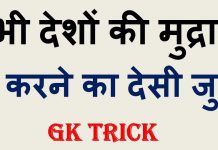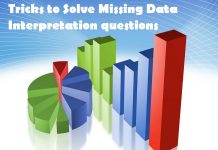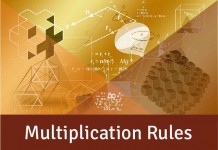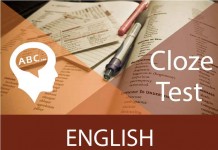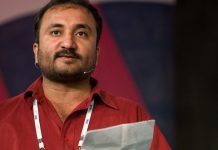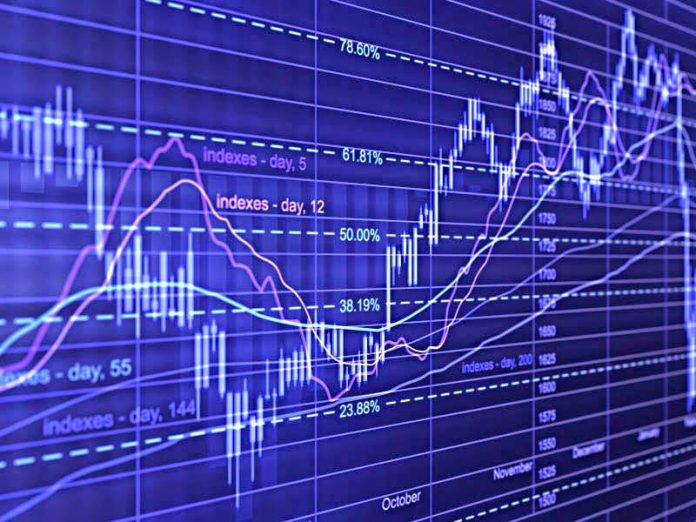Economic Capsule Set 7
Economic Questions are very important for SSC CGL 2017. We are here with Economic Capsule set 7 comprising of 15 questions to improve your preparedness for the exam. The more you achieve in General Knowledge section better chances you will have to attain your desired post.
Q1. Which one of the following is not considered as an infrastructure investment? Investment in a
(a) Power project
(b) Railways project
(c) Telecommunication
(d) Automobile Industry
Q2. Which one of the following currencies has the highest value in terms of rupee?
(a) Pound
(b) Dollar
(c) Euro
(d) Saudi Rial
Q3. What is known as the open market operation of the RBI?
(a) Buying and selling of stocks
(b) Auctioning of foreign exchange
(c) Trading in securities
(d) Transactions in gold
Q4. Which of the following functions as a controller of credit in India?
(a) The central Government
(b) The Reserve Bank of India
(c) The State Bank of India
(d) The planning Commission
Q5. When did the Rupee become a freely convertible currency on current account, in India?
(a) 2000
(b) 2001
(c) 1994
(d) 1999
Answers (1-5)
1. D 2. A 3. C 4.C 5. C
Q6. Antyodaya Programme is associated with
(a) Liberation of bonded labour
(b) Bringing up cultural revolution in India
(c) Demands of textile labourers
(d) Upliftment of the poorest of the poor
Q7. The Government resorts to devaluation of its currency in order to promote
(a) national income
(b) international goodwill
(c) exports
(d) savings
Q8. The basic regulatory authority for mutual funds and stock markets lies with the
(a) Government of India
(b) Reserve Bank of India
(c) SEBI
(d) Stock Exchange
Q9. In India the largest public undertaking is-
(a) Air India
(b) NTPC
(c) IOC
(d) LIC
Q10. Which authority decides about the States’ share in central taxes?
(a) Finance Commission
(b) Planning Commission
(c) Election Commission
(d) Finance Ministry
Answers (6-10)
6. D 7. C 8. B 9. C 10. A
Q11. Who coined in term ‘Hindu rate of growth’ for Indian economy?
(a) A.K. Sen
(b) Kirti S. Parikh
(c) Raj Krishna
(d) Montek Singh Ahluwalia
Q12. Consider the following statements:
A. NTPC has diversified to hydropower sector
B. Power Grid Corporation has diversified into telecom sector
Which of the statements below is correct?
(a) Only A
(b) Only B
(c) Both A and B
(d) None of A and B
Q13. The Commission in India dealing with minimum support price, procurement price, etc in connection with agricultural goods is the
(a) Planning Commission
(b) Agricultural Costs and Prices Commission
(c) Agricultural Price Commission
(d) National Marketing Commission
Q14. Which one of the following is not correct?
(a) First Five Year Plan 1951-56
(b) Second Five Year Plan-1956-61
(c) Third Five Year Plan-1961-66
(d) Fourth Five Year Plan-1966-71
Q15. In the post-independence period, economic reforms were first introduced in India under
(a) P.V. Narasimha Rao Government (1990)
(b) India Gandhi Government (1980)
(c) Rajiv Gandhi Government (1985)
(d) Janata Party Government (1977)
Answers (11-15)
11. C 12. C 13. B 14. D 15. A
Economic Capsule 1
Economic Capsule 2
Economic Capsule 3
Economic Capsule 4
Economic Capsule 5
Economic Capsule 6
Economic Capsule 8

